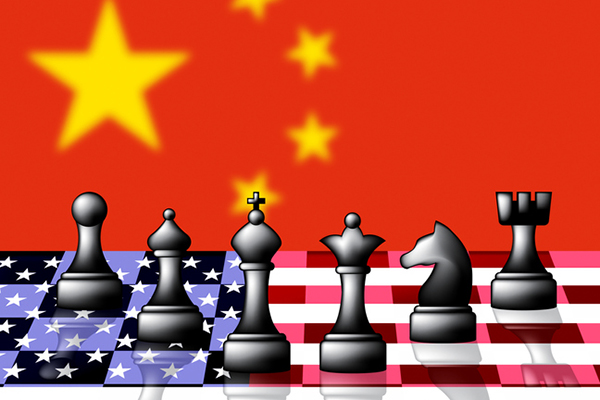When it comes to the U.S.-China trade war, there is no clear end in sight
Last week in this space the topic of imminent additional tariffs to be placed on United States-bound imports out of China, part and parcel of the seemingly interminable U.S.-China trade war, was front and center.
Well, those tariffs, to the tune of 25% on around $200 billion worth of Chinese goods and products, coupled with President Trump recently saying he is ready to further up the ante, with a 25% tariff on more Chinese imporst were met, not unexpectedly, with retaliatory tariffs from China of $60 billion on various types of American goods.
Is it somewhat hard to believe that literally less than two weeks ago, the general consensus was that a new U.S.-China trade deal was going to be a done deal by late May or early June? That can be viewed as a somewhat difficult question to answer, given the ways in which decisions, policy, and rulemaking seems to occur these days in Washington. But with the U.S. saying China changed terms of what looked to be a completed deal in the late innings, it was clear all bets were off.
So, what happens now? Does this go on for the foreseeable future with no end in sight or do the two global super economy’s try, in good faith, to hammer something out that is mutually beneficial.
In the short-term, what happens remains hard to say. But what people are saying is that this current trade predicament will bring far more pains than gains, for all involved i.e. retailers and manufacturers (shippers) and farmers, carriers, 3PLs, stock markets, and global economies, among others, like us consumers.
Need proof? Just take a quick spin through the morning papers. The key takeaways go something like this, in no particular order: $1 trillion lost in global markets yesterday alone; no clear indication of when a deal will get done; increased potential for a recession and a decrease in U.S. GDP by around 0.4%; and the cost of tariffs being absorbed by United States businesses and consumers, which runs counter to President Trump’s notion that the tariffs are paid for by China.
Needless to say, none of these things are encouraging.
And that was echoed by Matthew Shay, president and CEO of The National Retail Federation (NRF) after the White House released a list of the $300 billion of Chinese goods that will see additional tariffs of 25%.
“We support the administration’s efforts to deliver a meaningful trade agreement that levels the playing field for American businesses and workers,” said Shay. “But the latest tariff escalation is far too great a gamble for the U.S. economy. Slapping tariffs on everything U.S. companies import from China – goods that support U.S. manufacturing and provide consumers with affordable products – will jeopardize American jobs and increase costs for consumers. Taxing Americans on everyday products like clothes and shoes is not the answer for holding China accountable. Working with our allies who share the same concerns and immediately rejoining TPP are more effective ways to put pressure on China without hurting hardworking Americans. We urge the U.S. and China to get these critical negotiations back on track. Both sides will lose in a full-blown trade war, and the global economy will suffer.”
NRF officials also pointed out that a recent study commissioned by Tariffs Hurt the Heartland that was prepared by Trade Partnership indicated that 25% tariffs implemented on remaining imports from China, coupled with the impact of retaliation, would impact more than 2 million U.S. jobs, cost the average U.S. family of four $2,300 per year, and cut U.S. GDP by 1%.
And the U.S.-China Business Council also pulled no punches in describing the current situation, saying it is disappointed that both the U.S. and Chinese governments have chosen to escalate their battle rather than set a date for a new negotiating round to work through their differences.
“Things are moving in the wrong direction on these issues,” it said. “More tariffs will not persuade either government to change their positions and will exacerbate the damage being done to American companies and farmers that do business with China. Negotiation is the only way to get these issues back on the right track. Despite the noise created by the tariffs on both sides, we understand that the differences between the two governments still relate to how changes will be made to China’s laws and regulations on a variety of issues, and enforcement. We urge both governments to continue the hard work of detailed face-to-face negotiations to address these important structural issues. Doing so will give American exporters and investors a level playing field in China.”
All we can do now when it comes to the trade war is basically wait and see what happens. But, to be sure, it will not be easy for all parties involved. Things need to come to a resolution and soon.













